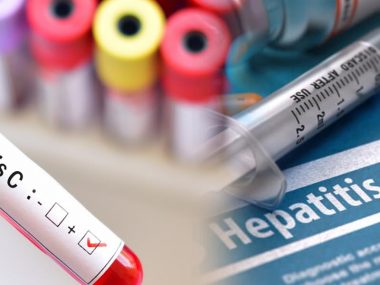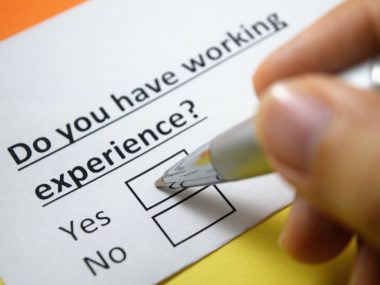Yesterday, my plane flew across the vast Asiatic lands, over the Atlantic, and after flying through almost two-thirds of the American airspace, landed in Dallas, Texas. I make this journey nearly every month, and while I have gotten used to the fatigue of flying, the shock and awe that comes from the difference between the two worlds remains. Pakistan and the States are not only in different time zones; they are in different eras. Traveling between the two is not only a form of distance travel but also a form of time travel. The reason I feel this difference much more than others is, perhaps, because I am a physician, and a kidney disease specialist at that. And for the same reason, I see kidney health, kidney disease, and kidney care in Pakistan in a different light.
Before leaving for the States, we celebrated World Kidney Day on March 14, 2024. Across Pakistan, healthcare teams celebrated this even in the traditional way: holding banners covered with copy-pasted material from the World Kidney Day website, shouting emotional slogans, giving small, standard speeches filled with new statistics—old rum in a new bottle—nothing new, nothing practical, nothing candid.
The sad reality is that kidney disease care in Pakistan has barely moved an inch in the last few decades. Our screening efforts, our kidney disease management, and our post-kidney failure treatments reek of ancient methods, stuck in the quagmire of culture, religion, illiteracy, political indifference, and professional Darwinism.
Take, for example, kidney disease screening. Our kidney disease screening scores are dismal. The first quarter of the twenty-first century will end in eighteen months, and we still think of health and health checkups as Europeans did in the Dark Ages, seeing a barber or a quack only when the toothache became intolerable, pus boiled from a blister, or fever and headache put him out of work. Our view of health is no different. We do have basic tools to learn about our health and health status, yet we willingly ignore them. As long as we are able to walk and go about our day, even if we achieve this with a handful of pain medications, we prefer not to learn about our general health. As far as kidney disease is concerned, we put no effort, both as a patient and as a doctor, toward its prevention. Patients with diabetes and high blood pressure, basically the two high-risk groups for developing kidney disease, are never taught about their being at risk of developing this complication. No one screens them for kidney disease. No one asks them to go for serum creatinine and urinalysis—two tests that cost about a thousand Pakistani rupees and could save millions of lives and dollars. Millions of patients in Pakistan jump into the volcano of kidney disease just because they never opted for kidney disease screening.
Kidney disease screening is not the only neglected segment in kidney care; kidney disease management is equally ignored. Since I started my practice in Pakistan, it has been a constant puzzle for me why doctors here don’t give their CKD patients kidney-protective drugs, such as angiotensin-converting enzyme inhibitors, angiotensin receptor blockers, or SGLT2 inhibitors. Those lucky patients who get started on these drugs are given only tiny doses. And still puzzled I am. As for the newer medicines—finerenone for diabetic nephropathy, Sparsentan and Budenoside for IgA nephropathy, Belimumab and Volcosporin for Lupus Nephritis—they will take decades to reach our shores. Then, we have limited our kidney disease monitoring to creatinine alone, ignoring other targets such as blood pressure, blood sugar, and, most important of all, proteinuria. Lastly, we utterly fail to prepare our patients for renal replacement therapies, resulting invariably in the emergent start of dialysis, that too after a prolonged uremia.
Our capabilities for renal replacement therapies, too, have barely evolved. Pakistan can only import older models of hemodialysis machines. We are still in the process of perfecting our peritoneal dialysis machine, but the dialysis fluids to be used with these machines are not available. We have only a few skilled interventionists, constrained to three bigger urban centers: Lahore, Islamabad, and Karachi. In smaller cities, even general nephrologists are few and far between. Our dialysis centers and patients work under the powerful monopoly of dialysis technicians. Transplants in Pakistan are extremely rare, limited to those with a willing family donor and big bank balance.
Kidney disease in Pakistan and the United States means two different things. Our worlds are apart, and so are our kidney disease care. We should aim for audacious goals as the wealthy world does, yet we must begin our journey with a focus on the basics: We must spread awareness of kidney disease; we have to scale up our screening scores; we must teach our doctors and patients about the indispensable nature of kidney-protective drugs; we must educate our patients about kidney disease management targets and goals. Lastly, we must improve not only our strategies for the transition to renal replacement therapies but also renal replacement therapy itself.







